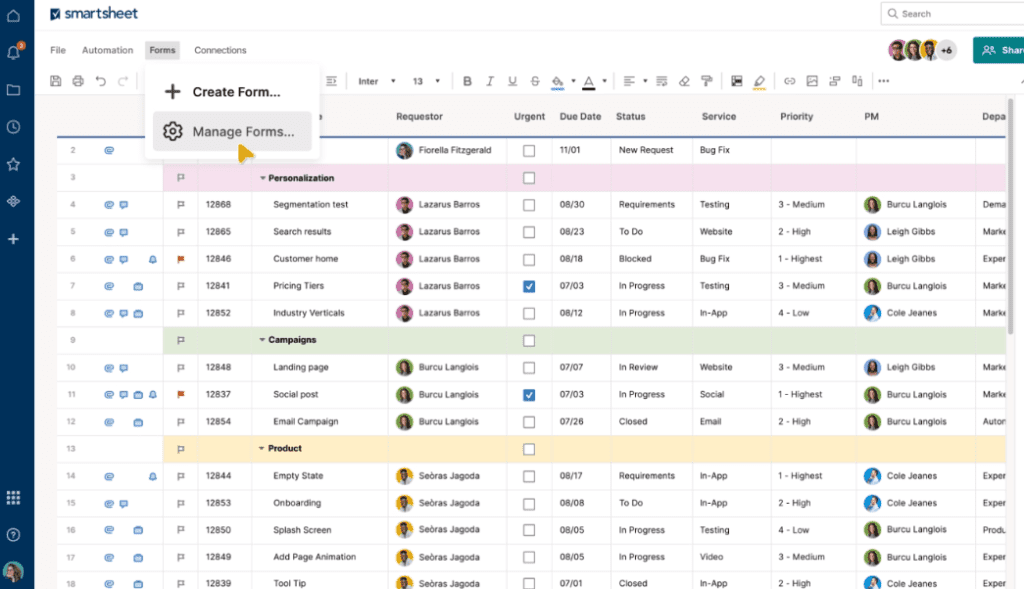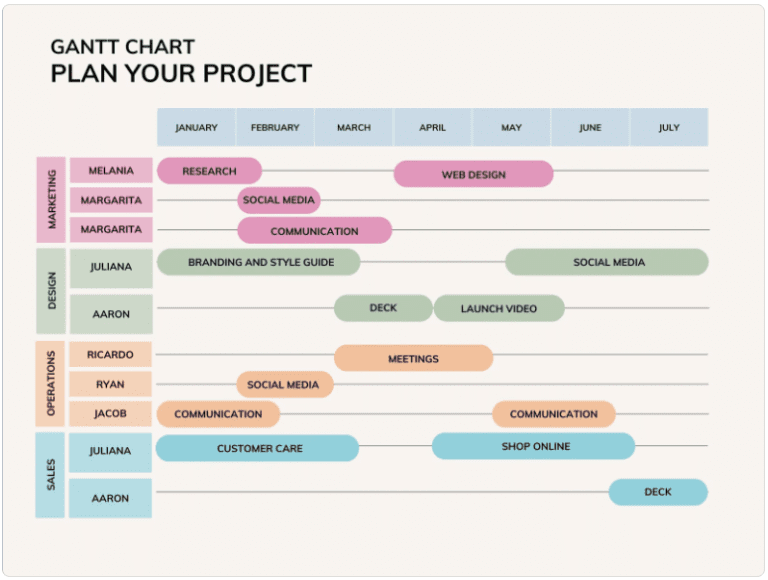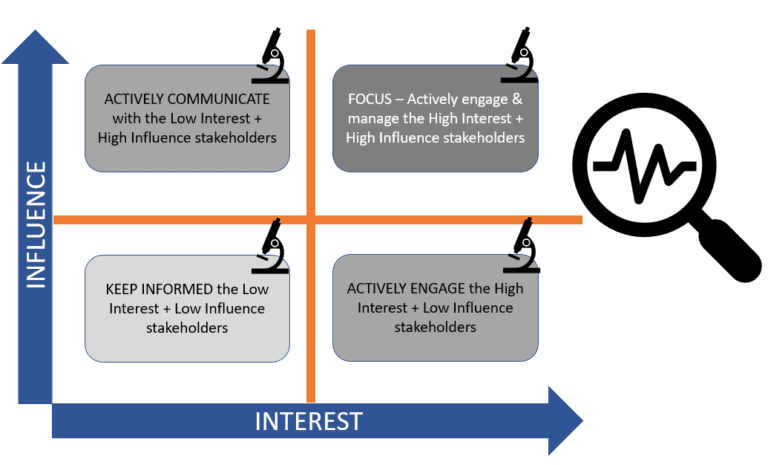‘A How To Guide’ – Planning Tools and Techniques For Project Managers in 2023

Planning is an essential part of being a successful project manager. To ensure the success of a project, you must have the right tools and techniques at your disposal. These tools will enable you to plan your project, allocate resources, track progress, and mitigate risks.
Fortunately, there are many planning tools and techniques available in 2023 that can help you achieve your project goals, evaluate possible solutions and make decisions.
In this blog post, we’ll explore some of the top planning tools and techniques for project managers in 2023.
Agile Planning Tools and Techniques

Agile methodology has gained popularity in recent years due to its flexibility, creativity and focus on customer satisfaction. Agile planning tools and techniques are essential for project managers who want to deliver high-quality products within a short period. Some of the popular Agile planning tools and techniques include:
User Stories
User stories are a technique used to capture customer requirements. They are brief, easy-to-understand statements that describe a feature or functionality that the customer wants. User stories are typically written from the perspective of the customer and are used to prioritize work items.
Backlog Management
Backlog management is the process of organizing work items into a prioritized list. The product backlog contains a list of all the features or functionality that the customer wants, and the team prioritizes them based on the customer’s needs.
The backlog management should also include changing circumstances and breaking down complex issues. The product manager should enable the prioritization & the decision-making processes and ensure the right thing is built.
Sprint Planning

Sprint planning is the process of planning a short-term work cycle, known as a sprint. During the sprint planning meeting, the team selects work units from the product backlog and decides how to complete them during the sprint.
Agile methods also encourage learnings from other organizations without shame. A properly implemented agile model will also help the organization systematically identify its gap and help move towards its long-term version.
Gantt Charts
Gantt charts have been around for over 100 years, and they are still a popular tool for project managers in 2023. Gantt charts are visual representations of a project schedule, and they help project managers plan, implement a schedule, and track project progress. Some of the benefits of Gantt charts include:
- Visualize the Project Schedule: Gantt charts provide a visual representation of the project schedule, which helps project managers see the big picture.
- Track Progress: Gantt charts allow project managers to track progress by marking completed tasks and highlighting the remaining work.
- Resource Allocation: Gantt charts help project managers allocate resources effectively by identifying resource constraints and scheduling tasks accordingly.
Some of the popular Gantt chart software and tools in 2023 include:
- Microsoft Project: Microsoft Project is a powerful project management software that includes Gantt chart functionality. It allows project managers to create and track project schedules, allocate resources, and collaborate with team members.
- Smartsheet: Smartsheet is a cloud-based project management software that includes Gantt chart functionality. It allows project managers to create and share project schedules, track progress, and collaborate with team members.
- Toggl Plan: Toggl Plan is a project management software that includes Gantt chart functionality. It allows project managers to create and share project schedules, track progress, and collaborate with team members.
Risk Management Techniques

Risk management is the process of identifying, understanding, assessing, and mitigating risks that can impact a project’s success. Project managers need to be proactive in identifying risks and developing strategies to mitigate them. Some of the popular risk management techniques include:
- Risk Identification: The first step in risk management is identifying potential risks. Project managers can use techniques such as brainstorming, SWOT analysis, and expert interviews to identify risks.
- Risk Assessment: Once risks are identified, project managers need to assess their potential impact and likelihood of occurrence. Qualitative and quantitative risk assessment techniques can be used to assess risks.
- Risk Mitigation: After risks are identified and assessed, project managers need to develop strategies to mitigate them. Risk mitigation strategies may include risk avoidance, risk transfer, risk reduction, or risk acceptance.
Resource Planning Techniques
Resource planning is the process of allocating resources, such as people, equipment, and materials, to project tasks. Effective resource planning is essential for project managers to ensure that tasks are completed on time and within budget. Some of the popular resource planning techniques implemented in 2023 include:
- Resource Allocation Charts: Resource allocation charts, also known as RACI charts, are used to clarify team roles and responsibilities. They help project managers allocate resources effectively by identifying who is responsible, accountable, consulted, and informed for each task.
- Resource Leveling: Resource leveling is the process of adjusting the project schedule to resolve resource conflicts. It involves redistributing tasks or resources to balance workload and ensure that tasks are completed on time.
- Resource Histograms: Resource histograms are visual representations of resource usage over time. They help project managers see the availability and utilization of resources and identify potential resource constraints.

Project Management Software
Project management software has become an essential tool for project managers in 2023. Project management software helps project managers plan, schedule, track progress, and collaborate with team members. Some of the popular project management software in 2023 include:
Trello: Trello is a web-based project management tool that uses boards, lists, and cards to organize work items. It allows project managers to track progress, assign tasks, and collaborate with team members.
Asana: Asana is a web-based project management tool that provides task management, project scheduling, and team collaboration features. It allows project managers to track progress, assign tasks, and collaborate with team members.

JIRA: JIRA is a web-based issue tracking and project management tool that is popular in software development projects. It allows project managers to create and track project issues, assign tasks, and collaborate with team members.
Read more about project planning tools here.
Conclusion
In conclusion, project managers need to have the right planning tools and techniques to ensure project success. In 2023, project managers can leverage Agile planning tools and techniques, Gantt charts, risk management techniques, resource planning techniques, and project management software to plan, schedule, track progress, and mitigate risks.
By staying up-to-date with current planning trends and technologies, project managers can deliver high-quality projects within budget and on time.
Frequently Asked Questions
What is contingency planning, and how can it be used to enhance the planning process?
Contingency planning is the process of developing alternative courses of action to address unexpected events that may arise during a project. This planning technique involves identifying trigger points, which are indicators of potential issues or risks to occur, and creating contingency plans to mitigate these risks.
By incorporating contingency planning into the overall planning process, project managers can be better prepared to handle unforeseen events and ensure project success.
How can scenario planning be used to identify alternative future scenarios, and why is it important in the planning process?
Scenario planning is a planning technique that involves identifying and exploring alternative ideas for future scenarios to help project managers make more informed decisions. By considering multiple potential outcomes, project managers can better anticipate and prepare for various situations that may arise during the project. This approach can help reduce uncertainty and ensure that the project is aligned with the organization’s long-term goals.
What is participatory planning, and how can it involve line managers and other stakeholders in the planning process?

Participatory planning is an approach that involves actively engaging line managers, employees and other stakeholders in the planning process. By involving these individuals in the decision-making process, project managers can ensure that the project’s goals and objectives are aligned with the organization’s overall strategy.
This approach can also help identify potential challenges and obstacles that may arise during the project and facilitate communication and collaboration among team members.
How can business leaders use external comparisons and internal benchmarking to achieve superior performance in their planning process?
Business leaders can use external comparisons and internal benchmarking to evaluate their organization’s current performance and identify areas for improvement. External comparisons involve evaluating an organization’s performance against that of other similar organizations, while internal benchmarking involves comparing performance across different departments or projects within the organization.
By using these techniques, business leaders can identify best practices and make data-driven decisions to enhance the planning process and achieve superior performance.
What are trigger points, and how can historical data and qualitative forecasting be used to identify them in the planning process?
Trigger points are indicators of potential issues or risks that may arise during a project. Historical data and qualitative forecasting can be used to identify these trigger points and help project managers better predict and prepare for potential issues.
By analyzing past project data and using qualitative forecasting techniques, project managers can identify potential risks and develop contingency plans to mitigate them. This approach can help ensure that the project is completed on time and within budget.
What are the essential planning steps that project managers should follow to ensure successful project delivery?

The strategic planning and process involves several steps that project managers should follow to ensure project success. These steps include identifying project goals and objectives, developing a project plan, defining project scope, creating a project schedule, identifying risks and developing contingency plans, and monitoring project progress.
How can internal benchmarking be used to identify best practices within an organization and improve the planning process?
Internal benchmarking involves comparing performance across different departments or projects within an organization. By using this technique, project managers can identify best practices and use them to improve the planning and implementation process.
By sharing best practices across the organization, project managers can facilitate collaboration and ensure that all projects are aligned with the organization’s overall strategy.
What role do line managers play in the planning process, and how can they help identify trigger points to ensure project success?

Line managers play a crucial role in the planning process, for example, as they are responsible for getting the right people allocated to the project and supporting them in implementing the project plan.
Line managers can help identify trigger points by providing insights into potential challenges and risks that may arise during the project. By involving line managers in the planning process, project managers can ensure that the project plan is realistic and achievable and that potential risks are identified and mitigated.
More from the author on Agile coach, Scrum Master / Product Owner / Why you need a Career Coach / Interview Coach / Managing Managers / IT Career switch.







